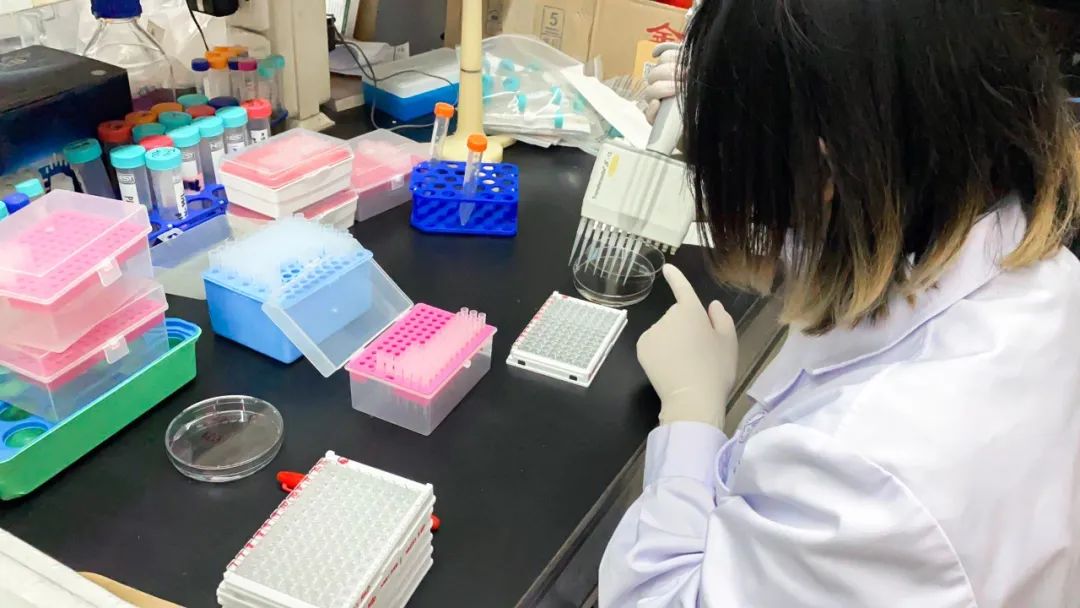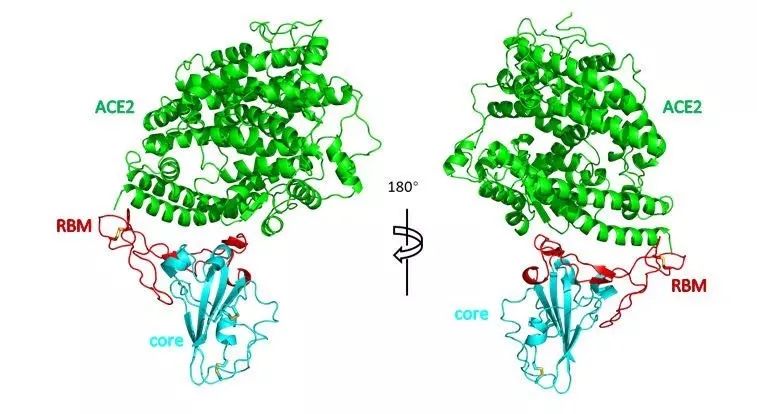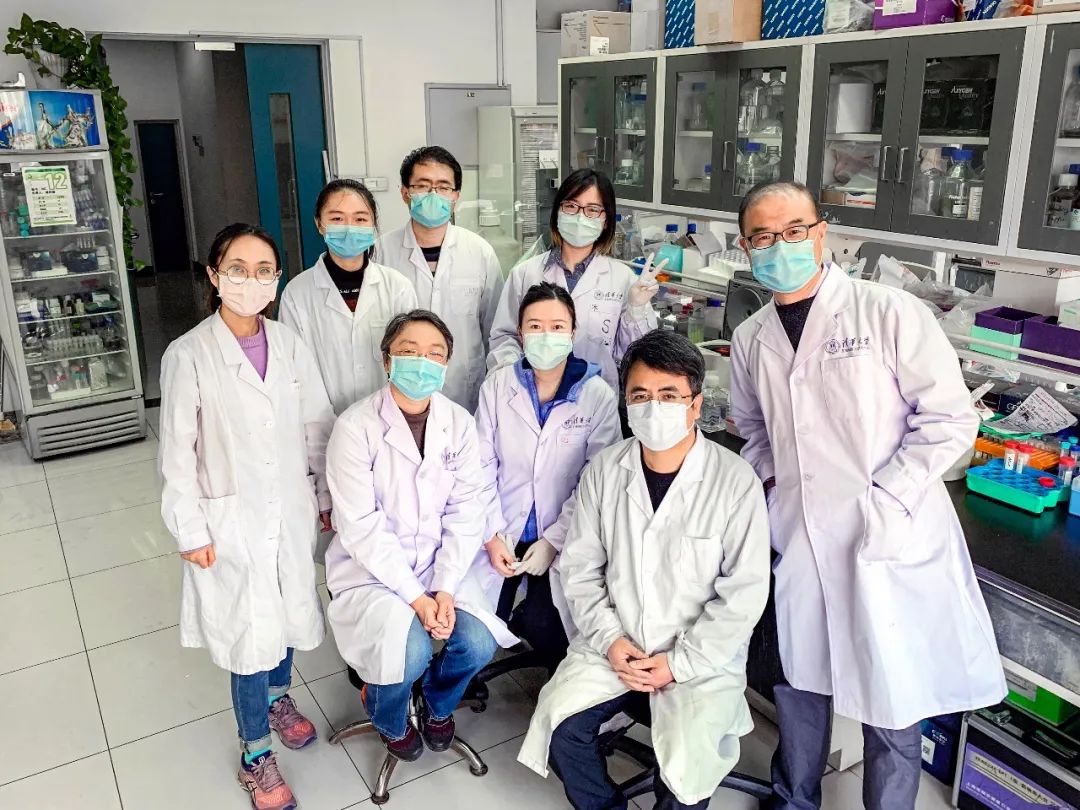Results from Tsinghua University provide critical guidance for the development of vaccine to combat the recent COVID-19 epidemic. This research is a joint effort led by Prof. Wang Xinquan from the School of Life Sciences and Prof. Zhang Linqi from the School of Medicine.

When considering the overall lifecycle of the virus, knowing how a virus initiates interaction with and enters the cell is extremely important.

The viral surface proteins can be thought of as the “keys” which open the cell receptor protein “locks”, allowing the virus to enter the cell and start its replication process, ultimately producing hundreds and thousands of their progenies to complete their life cycle.
The body’s protective antibody responsive either elicited during natural infection or induced through vaccination is to block off this “key to lock” interaction thereby to disrupt viral infection.

Majorities of the current COVID-19 vaccine strategies is to prevent the “keys” of this virus from unlocking and infecting human cells.
Different strategies have their pros and cons, and will eventually be tested and compared in the real world scenario for their safety and efficacy.
To this end, “understanding the relationship between the COVID-19 and the receptor complex at the atomic level will provide crucial information for better understanding the mechanism of viral infection and for precise and focused target for vaccine development,” states Zhang.

The team has been working to design several vaccine strategies to block the key and lock interaction and to identify potent neutralizing antibodies from infected and convalescent patients. They are confident more promising results are imminent and will be able to turn the tide in COVID-19 prevention efforts.
Utilizing a method of X-ray crystallography, Tsinghua researchers have identified the structural and biochemical features at the interface between viral surface proteins (keys) and the cell receptor protein “locks”, revealing the highest resolution so far on how virus initiates its first step of infection. This discovery will greatly facilitate our efforts in antibody and vaccine research aiming to block key to lock interaction.
This novel result has recently been posted on an online open resource bioRxiv.
The team has been working to design several vaccine strategies to block the key and lock interaction and to identify potent neutralizing antibodies from infected and convalescent patients.
They are confident more promising results are imminent and will be able to turn the tide in COVID-19 prevention efforts.
Over the past decade, Tsinghua has been conducting research on developing vaccines and antibodies against coronaviruses pathogenic to humans, including the SARS coronavirus and MERS coronavirus.
In 2019, Zhang led a research team that came up with a vaccine targeting the MERS virus and demonstrated impressive safety and efficacy in experimental trials.

The Tsinghua team initiated their vaccine efforts as soon as the genome sequence of COVID-19 became available on January 10, 2020. By identifying and revealing the structural detailed at atomic levels between the key and lock, the team is well on its way to design and optimize candidate vaccines aiming to block such interaction in the most effective manner.
The researchers have also used the critical reagents coming out of their research to assist physicians and hospitals across China in their efforts to evaluate and treat severe cases with plasma from convalescent patients.
“We believe we are on the right track in our vaccine and antibody research. Be hopeful and be optimistic! We, and the scientific community around the world, will be there soon.”—— Zhang Linqi
Research 丨Tsinghua edges closer to COVID-19 vaccine
Writer: Zhang Jiayi
Editor: Lin Yuan
Designer: Lin Yuan